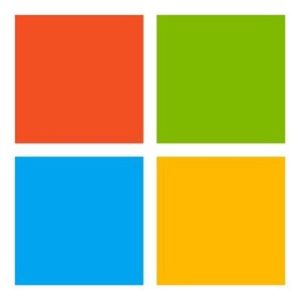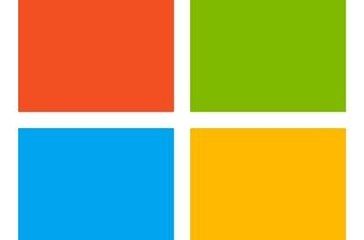Data is king, and any organization looking to thrive in today’s business environment should get to work collecting as much of it as possible. However, while having a vast trove of information is impressive, it doesn’t do much good if you don’t have the right data visualization software to make it presentable to non-technical users. Most of the top business intelligence (BI) tools come with data visualization capabilities. Therefore, it pays to invest in a quality data visualization platform that supports a wide array of business needs.
What is Data Visualization Software?
Data visualization software helps individual users and organizations make sense of the information in front of them. For example, let’s say you have web scraping tools collecting financial information from various websites and dumping them into a database. While it’s great to have that data at your fingertips, you need a way to turn that information into something usable.
That’s where data visualization platforms make a big difference. Once you sort and organize your information into the proper format, data visualization software helps you transform what looks like disconnected points of information into something of value for your company.
In addition, data visualization platforms take a lot of the work out of what can become a tedious process. Data visualization software embedded with AI and machine learning technology makes it possible for your platform to learn from your collected information.
Why Should Companies Use Data Visualization Platforms?
Data visualization software helps you spot trends and patterns within your data. If you put a bunch of numbers and letters on a page in front of someone without any context, they’re likely going to come away confused. That’s not much help if you’re trying to communicate information about your business to stakeholders and company officers.
It’s easier for people to comprehend data when presented in an organized visual format. They get a better sense of the importance of the points you’re communicating. It’s also something people can refer back to at a later point once you’ve completed your presentation.
The era of Big Data means companies need to stay on top of the ever-growing pile of information making its way to them through various channels. At this point, you’d be hard-pressed to find an industry that doesn’t use data to drive critical decisions and internal business processes.
How Does Data Visualization Software Work?
It may help to think of data visualization as a sort of language. You pick and choose the dialect and syntax depending on what you’re trying to convey. For example, think about scatter maps that communicate how much of a population is covered by a data communication network. They quickly show people how much coverage the company’s service provides to get more customers to sign up.
Data visualization platforms typically let you create maps, charts, and tables to convey data. Some let you incorporate all kinds of visualization to build an infographic that sums up a lot of information within the imagery. It helps to have software with drag-and-drop capabilities. That way, you can place information directly into your interface and manipulate it into the desired format.
The best data visualizations connect to a lot of different company sources like spreadsheets and databases. That way, you make sure any visuals presented to others come from the most up-to-date information available.
What Are Some Common Features, Functions, and Capabilities of Data Visualization Platforms?
The only thing constant is change, and that’s especially true when it comes to information. New data can completely upend insights you thought of as rock-solid six months ago. For that reason, you should look for data visualization software that provides some level of business intelligence. That way, you can set up continuous streams of information that help you make decisions based on the latest data.
Another essential component of data visualization software is the ability to build dashboards. They let you create comprehensive, intuitive visual repositories of data. That way, everyone in a department, collaborating on a project, or working within the same organization has access to one consistent source of information. In addition, visualizations like dashboards and charts help you track changes over time that might impact your business.
When contemplating different solutions from vendors, think about the technical aptitude of those using the data visualization software. Are they going to be non-technical business users, those with a background in programming, or both? If it’s both, you should factor in how much of a learning curve might be required to become proficient on the platform.
Your data visualization tool should connect to the disparate data sources within your organization. Ideally, you want a platform that comes with out-of-the-box integrations that coordinate with other applications and software currently in use by your business users.









